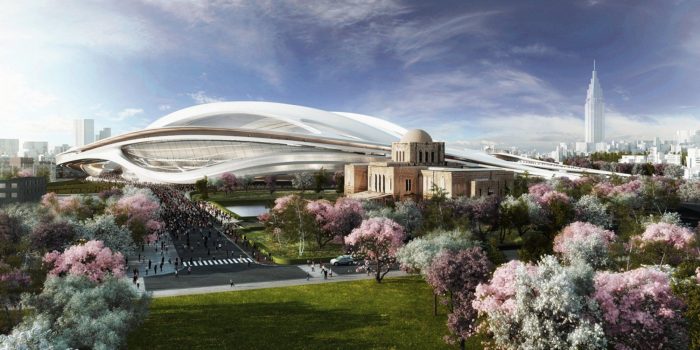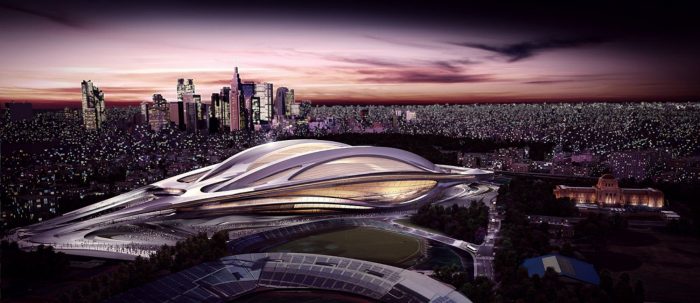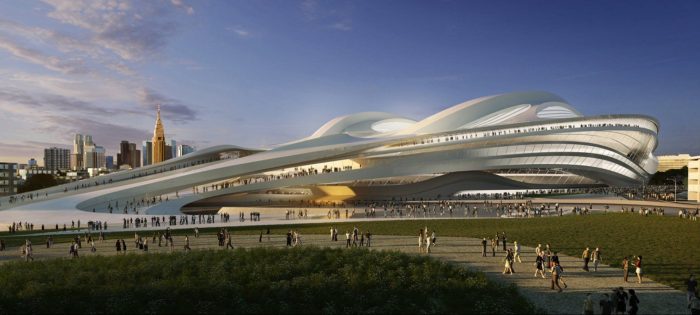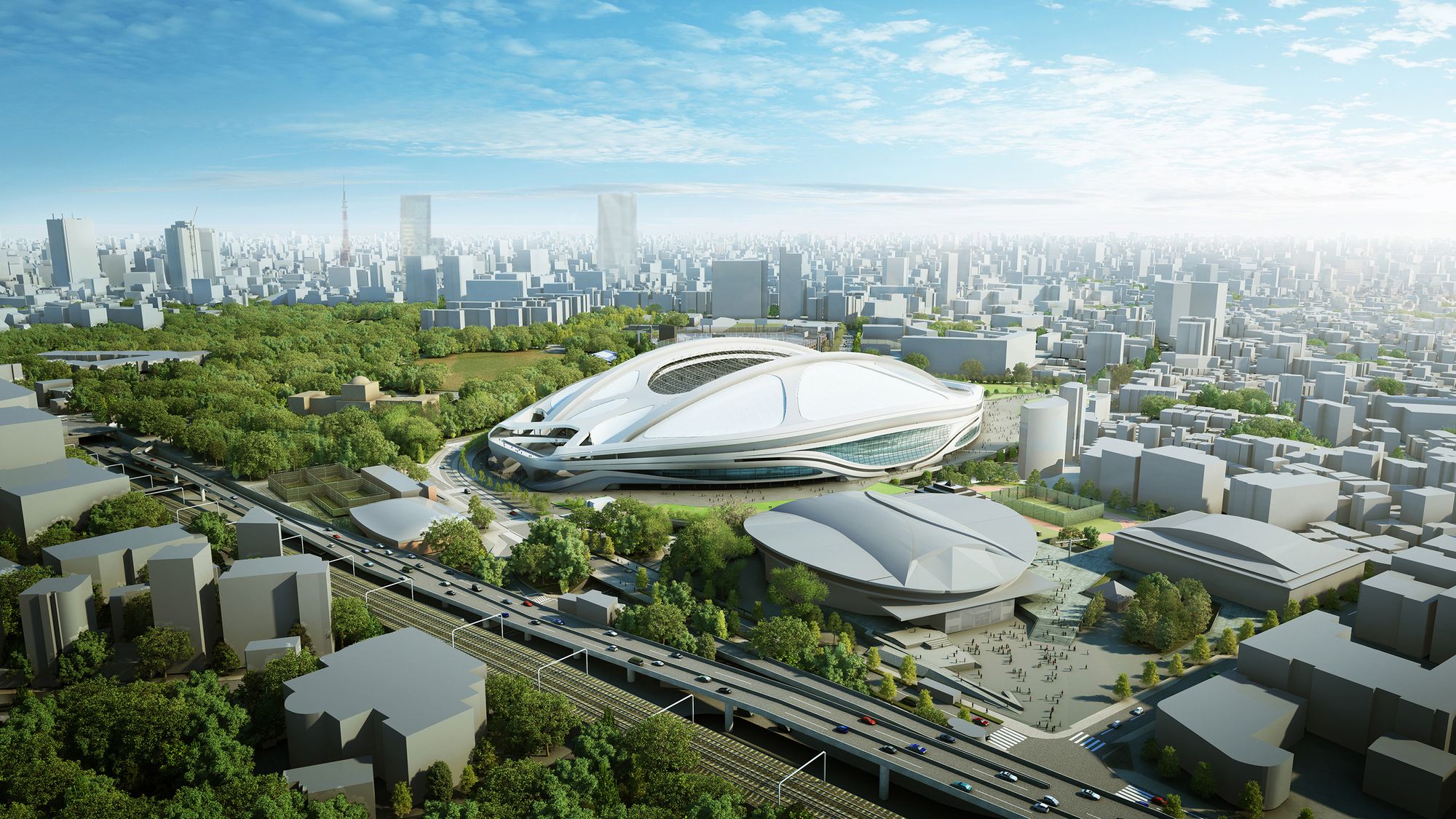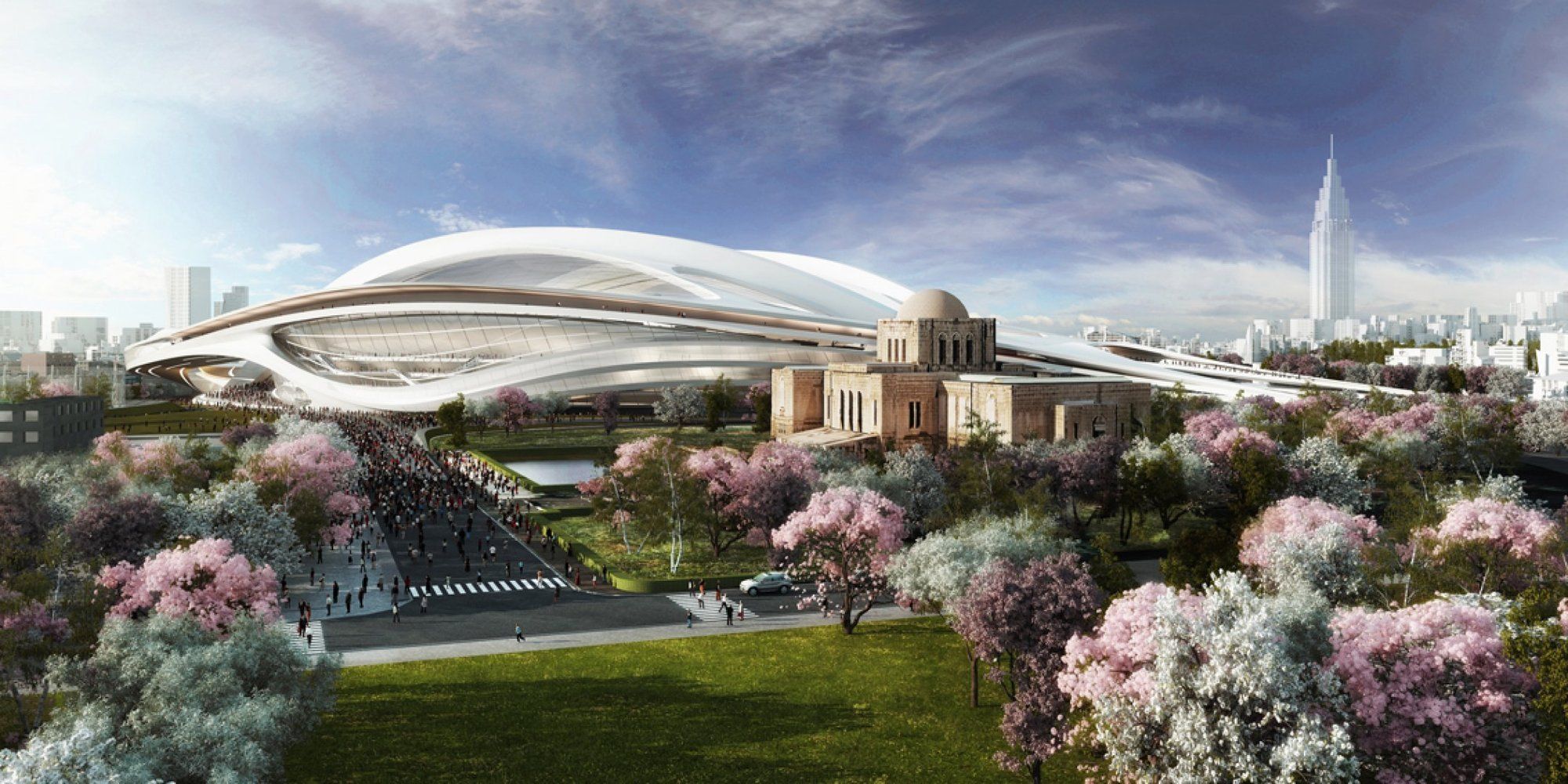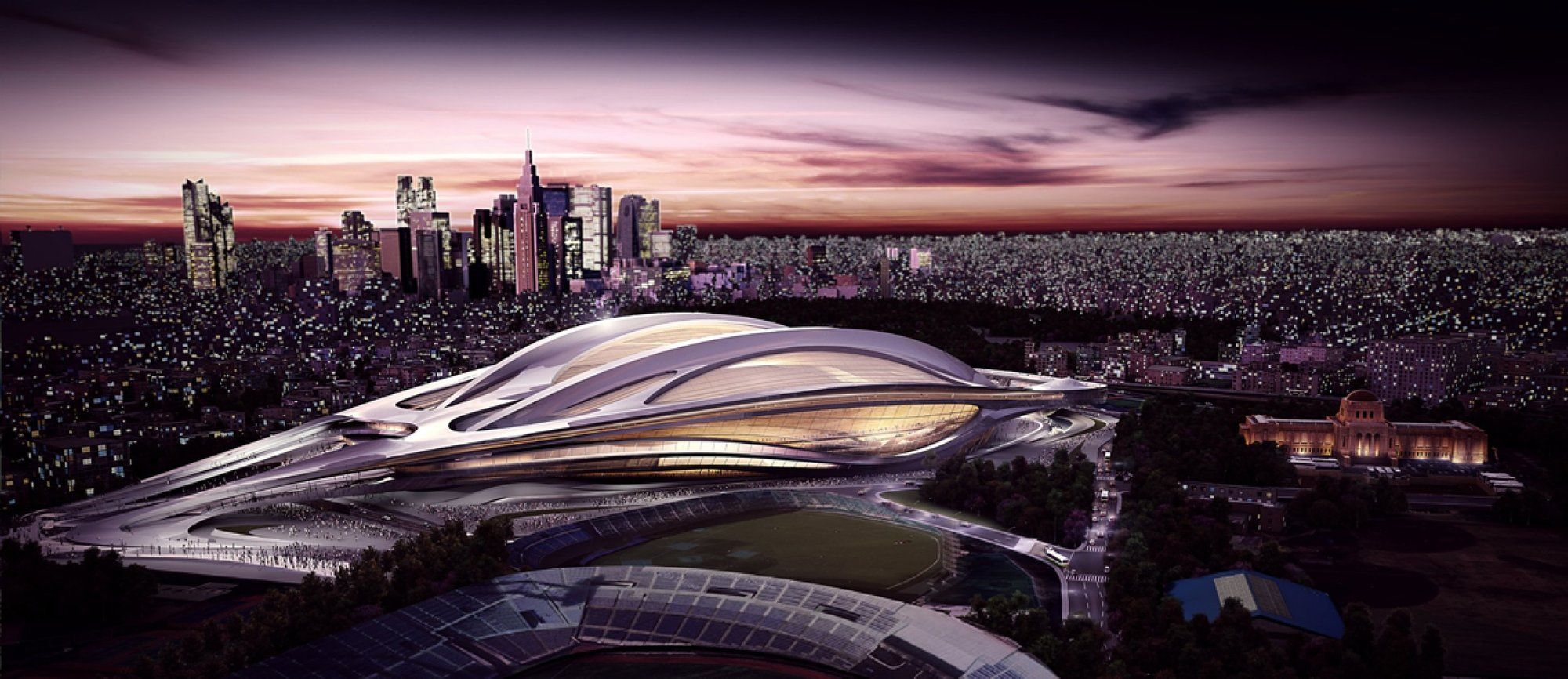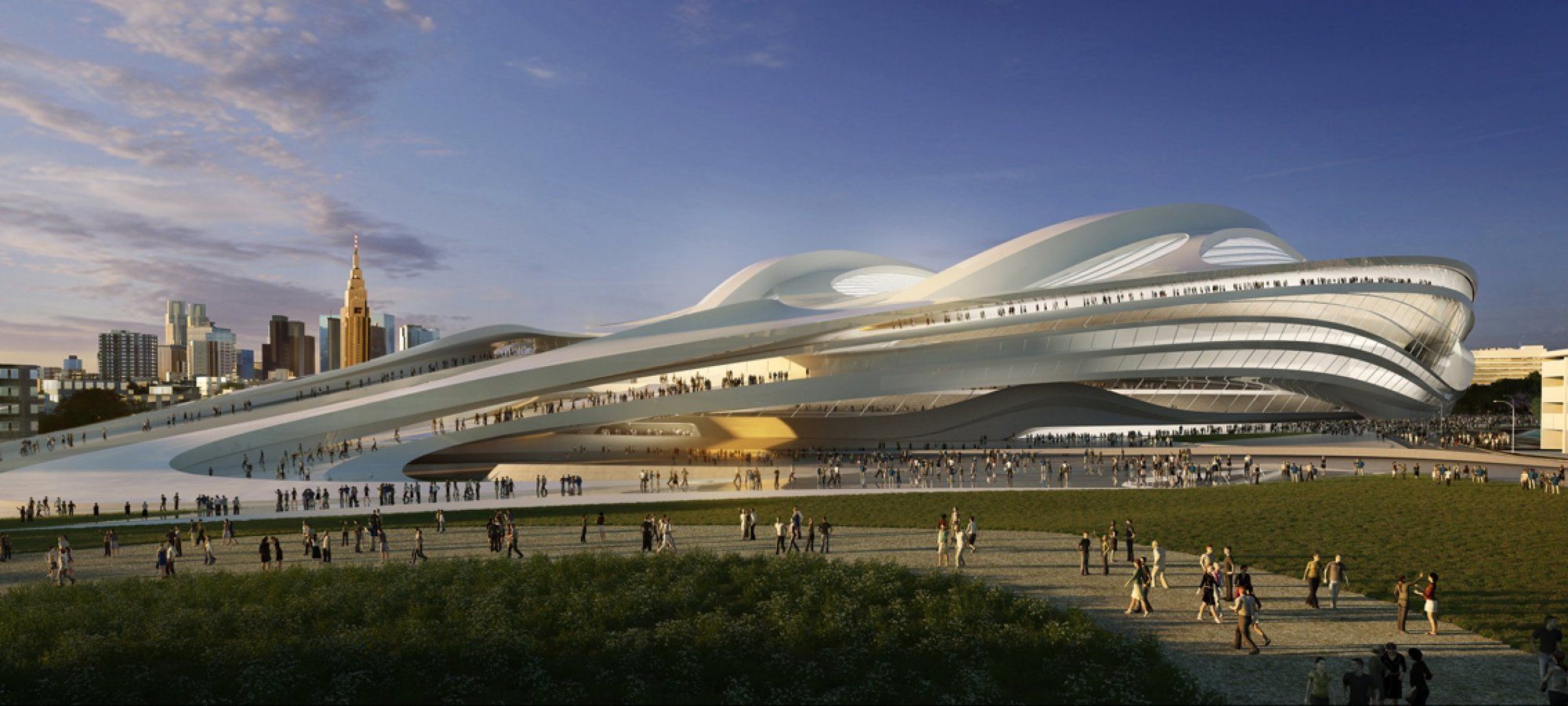Controversial Modifications to Tokyo Olympic Stadium Design by Zaha Hadid Architects
According to what said by Architectural Record and Citylab
After sustained protest from Japanese architects and citizens alike, Zaha Hadid Architects have confessed that they are modifying their designs for Tokyo’s National Stadium, the centerpiece for the 2020 Tokyo Olympics. After repeated criticism, including a petition launched by Pritzker laureates Toyo Ito and Fumihiko Maki, the Japanese Government had already announced a plan to reduce the cost from its original budget of $3 billion to a more manageable $1.7 billion.
Now, the International Olympic Committee (IOC) has added fuel to the fire by saying that it would support a scaled-back plan for the entire event: “We want to see more existing venues, we want to see the use of more temporary grandstands,” said Committee vice president John Coates.
Responding to this, Zaha Hadid Architects has adopted its proposal to use more cost-efficient and visually lighter materials.
The lightweight, tensile fabric between the stadium’s structure significantly reduces the weight and materials of the roof, giving the stadium even greater flexibility as both an outdoor and indoor venue.”
The firm declined to comment on whether the scale of the building will be cut back, stating only that the size is determined by the capacity required for hosting sporting events both during and after the games.
“Its scale is a direct correlation to the project brief’s seating capacity of 80,000 to meet the client’s requirements for flexibility and capacity, enabling the greatest future use by Japan’s sporting, cultural, civic and community organizations. No construction works or redevelopment will be required for use after 2020,” said the spokesman.
He also said the proposed central location – alongside Kenzo Tange’s iconic 1964 Olympic stadium in Yoyogi Park – “further increases the stadium’s accessibility for all Tokyo’s residents”.
The updated design for the Tokyo National Stadium. Image © Japan Sport Council
The updated design for the Tokyo National Stadium. Image © Japan Sport Council
Zaha Hadid Architects' original design for the Tokyo National Stadium. Image Courtesy of ZHA
Zaha Hadid Architects' original design for the Tokyo National Stadium. Image Courtesy of ZHA
Zaha Hadid Architects' original design for the Tokyo National Stadium. Image Courtesy of ZHA


